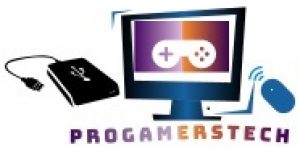-
Banks Hovgaard posted an update 2 years, 8 months ago
The Basics
Printers operate quite simply. It is the printer that converts digital images and text into physical copies. In order to do this, drivers or specialized software are used to convert the file into a language that the printer understands. A series of dots reproduces the image or text on the page. All of the different types of machines have the same method of transferring dots onto pages, so the only real difference is in how they do it.
Inkjet
Thousands of tiny holes are present in the print heads of inkjet printers. A printer’s tiny openings spray microscopic droplets of ink on the paper rapidly.
Inkjet machines use liquid ink that contains either dyes or suspended pigments produced by coloured dyes. Print heads move horizontally in machines, while paper passes perpendicularly. Each individual hole in the print head is activated (usually by heat or electricity depending on the manufacturer) as the page passes through it. The process uses thousands of droplets that form together to recreate the digital image or text on the media. As WallacePrint appear so tiny, the overall image seems solid to the naked eye.
Laser / LED
A laser or LED machine is similar to an inkjet machine in that it creates a solid image by stitching together many tiny dots. However, the method adopted in creating them is vastly different. As a result, laser machines use dots made of solid particles rather than liquid dots.
There are many more components to lasers than there are to inkjet machines. Inkjet machines use many fewer stages during the process. It consists of a light source (laser / LED), a drum (mono) or multiple drums (colour) and toner.
First, the drum is charged and then the laser or LED is shone on it in the outline of the desired image. Rollers transfer the powder from the toner cartridge and present it at the drum, where it is attracted to areas of the drum where the charge has been knocked off. A charged area repels toner, while an uncharged area attracts toner particles that are pulled onto the drum and adhere to the image parts. The paper is also transported and met by the drum, which transfers the image to the page.
In order to create a finished image, the paper is passed through a fuser unit (hot roller) that applies heat and pressure to melt the toner particles.
Solid Ink
The solid ink printers that Xerox offers combine the advantages of inkjet printing and laser printing. With the help of an inkjet printer print head, solid wax is melted and sprayed onto a drum. Printed images are created on large metallic rollers, then transferred directly to paper. A crayon-like substance remains after the paint dries. It is well known that solid ink printers produce vibrant, colour prints that really stand out from the crowd.


